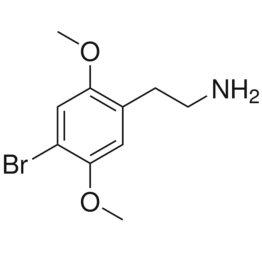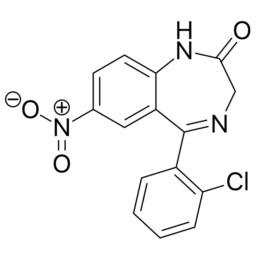Benzocyclobutenones are a common class of four-membered ring ketones. (11,12) They can be easily accessed by diverse methods, including [2 + 2] cycloaddition with benzynes, (12b,c,e,g) intramolecular nucleophilic addition, (12a) transition metal-catalyzed intramolecular C–H functionalization, (12d,f) and photoinduced cyclization. (12h) Driven by strain release (their ring strain is higher than saturated cyclobutanones), (13) benzocyclobutenones are excellent substrates for transition-metal-mediated C–C bond activation. Inspired by Liebeskind et al.’s seminal organometallic studies, (9a,c) we reported the first Rh-catalyzed intramolecular cut-and-sew reaction between benzocyclobutenones and alkenyl groups in 2012 (Scheme 2A). (1) Note that the corresponding substrates based on parent cyclobutenones or those fused to nonbenzene aromatics are more difficult to prepare. The cut-and-sew reaction exhibited good functional group tolerance and worked for monosubstituted, 1,1- and 1,2-disubstituted, and trisubstituted alkenyl groups. Thus, it provides rapid access to benzo-fused tricyclic and tetracyclic rings. Later, detailed computational and experimental mechanistic studies showed that the reaction goes through a “rhodium migration” mechanism (Scheme 2B). (14) The most favorable reaction path involves oxidative addition into the C(alkyl)–C(carbonyl) bond to generate intermediate 12, followed by decarbonylation and CO-reinsertion to deliver rhodacycle 14. Subsequent 2π-insertion and C–C reductive elimination provide the cut-and-sew product 11. The enantioselective version of the reaction was also reported in 2012, in which DTBM-segphos was found to be a superior ligand to give up to 99% e.e. (Scheme 3). (15)


Besides alkenyl groups, alkynyl groups were also found to be a suitable coupling partner in the cut-and-sew reaction with benzocyclobutenones (Scheme 4). (16) With the C5-unsubstituted or monosubstituted substrates, the resulting (4 + 2) products underwent simultaneous aromatization to form 2-naphthols. In 2018, the same type of reactions was found to be catalyzed by an inexpensive cobalt complex (Scheme 5). (17) Comparing to the corresponding Rh catalysis, the cobalt condition not only gives higher yields for some substrates but also allows C8-disubstituted benzocyclobutenones to couple, which were unreactive under the Rh conditions. A combined experimental and computational study shows that the reaction first forms a tetrahedral dicobalt–alkyne complex, which then undergoes oxidative addition into the C1–C2 bond with Co(0), followed by 2π insertion and reductive elimination.
.
.


Recent Comments